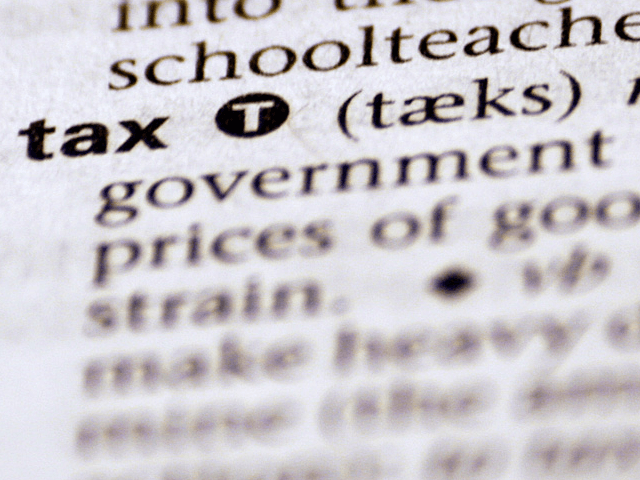California Democrats wants to create a mileage tax–a new tax on every mile driven in the state–despite already having the highest gas taxes in the nation.
State officials say they need the tax increase, because gas tax collections to pay for roads and bridges has been shrinking. But the real culprit for lower tax revenues is that California’s middle class is being forced by high taxes to move out of state and drive less. A mileage tax increase will just increase middle class pain and generate even lower tax revenue for roads and bridges.
Gasoline tax collections peaked out $2.8 billion per year in 2006, the same year former Gov. Arnold Schwarzenegger signed AB 32, known as the Global Warming Solutions Act, or “cap-and-trade.” The legislation committed the state to use taxes and fees to reduce its greenhouse gas emissions to 1990 levels by 2020. Since that time, gas tax collections have slowly trended down about 7.1 percent to $2.6 billion last year.
State officials pretend the falling gas tax revenue is partly due to the tiny number of electric vehicles on the road and mostly due to cars getting better mileage. But gas tax collection around the U.S. has continued to increase most years, despite average vehicle gas mileage increasing every year for the past 6 decades. It is only California that has had falling gas tax revenue for the last decade.
California officials claim that the state’s 25 million drivers only pay the second-highest gas tax in the nation at 65.98 cents per gallon; Pennsylvania pays 70 cents a gallon. But since January 1, Californians have also been slammed with a “hidden gas tax” of 15 cents per gallon to compensate for the costs refiners, tanker trucks and gas stations have to pay to buy cap and trade credits to comply AB 32’s climate change mandates.
After Democrats passed Proposition 30 in late 2012, California’s top marginal tax rate jumped by 33%. Today, California has the second highest marginal tax rate in the industrialized world, behind only Denmark.
Most of the rich are rich because they own businesses and rental properties. Some of the rich took their money and moved to low-cost states, but most had the flexibility to pass California’s higher tax bite onto their middle class consumers and renters.
California’s high costs and lousy economic climate have been pushing its middle class residents to other states, while the Golden State imports impoverished illegal or “undocumented” immigrants. In 2013, 102,972 California residents permanently left the state and only 66,294 individuals from other states moved to California. But California had a net 169,266 population gain, because 205,994 immigrants moved into California.
Exporting the middle class explains why the City of Los Angeles has achieved the crown as America’s Poorest Big City, according to an analysis by the American Community Survey-based Census Bureau data. Of the 25 major metropolitan areas in 2013, Los Angeles-Long Beach-Anaheim took the booby prize for having the highest poverty rate at 17.6%. California’s overall rate of poverty was also the top state contender at 16.8%.
Not every middle class resident can or will move out of California. But most do have the flexibility to avoid paying California’s 81 cent per gallon listed and hidden gas taxes–and any additional mileage tax Sacramento dreams up–by driving less.
California’s annual gas tax collection has fallen since 2006 by 7.1 percent from $2.8 billion to $2.6 billion, because the average miles driven by state residents fell by 8.3 percent, from 13,300 to 12,200, during the same period.
If California adds on another mileage tax, more of the middle class will leave and the rest will drive less. Once again, the higher effective tax rate will generate less tax collection.

COMMENTS
Please let us know if you're having issues with commenting.